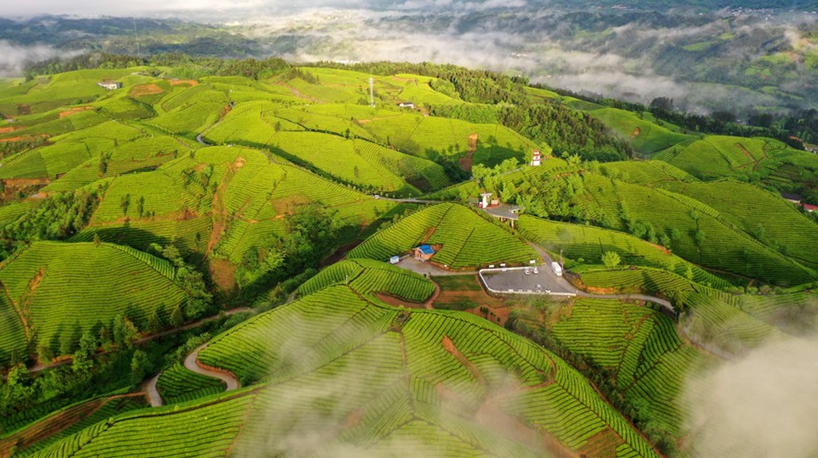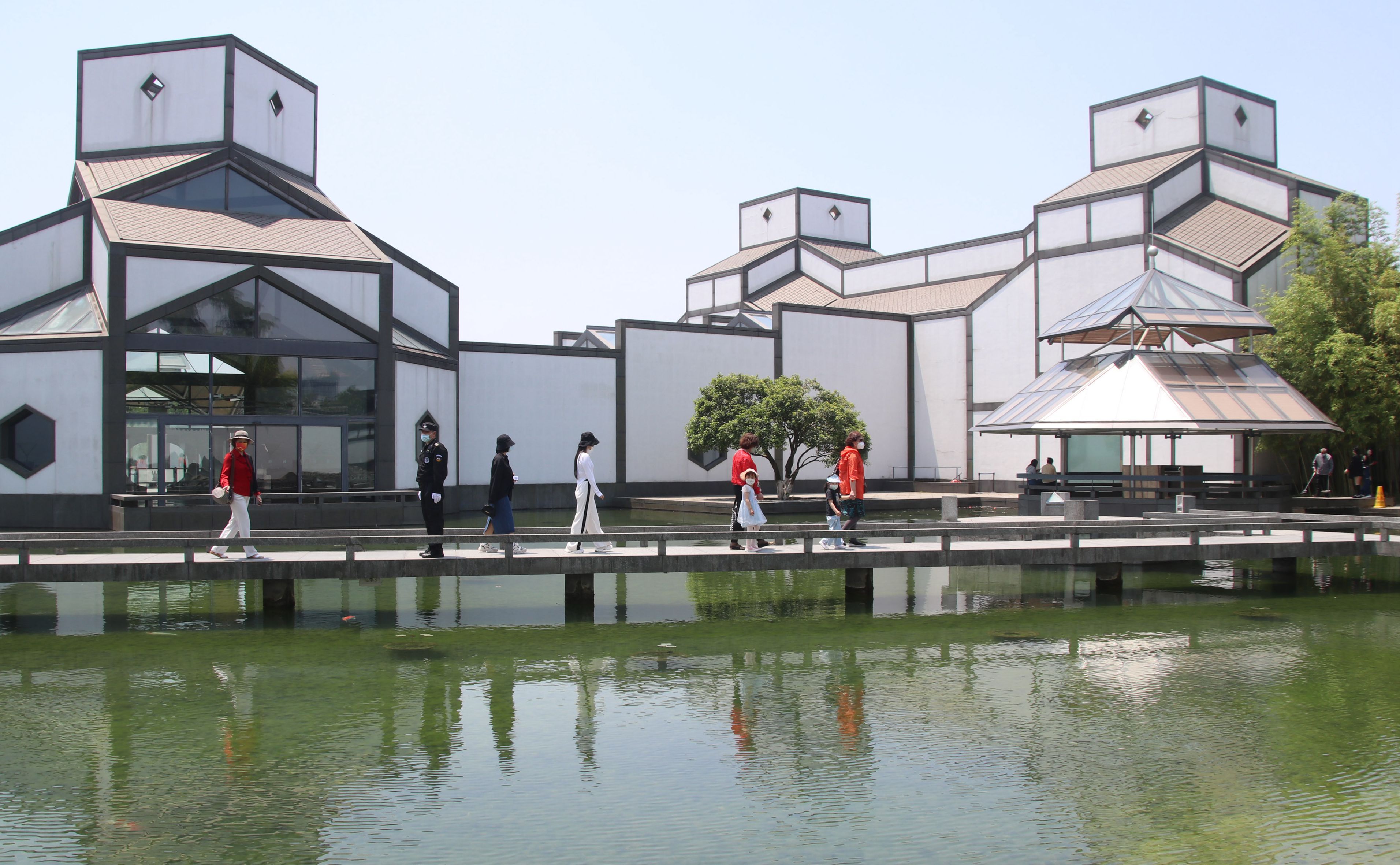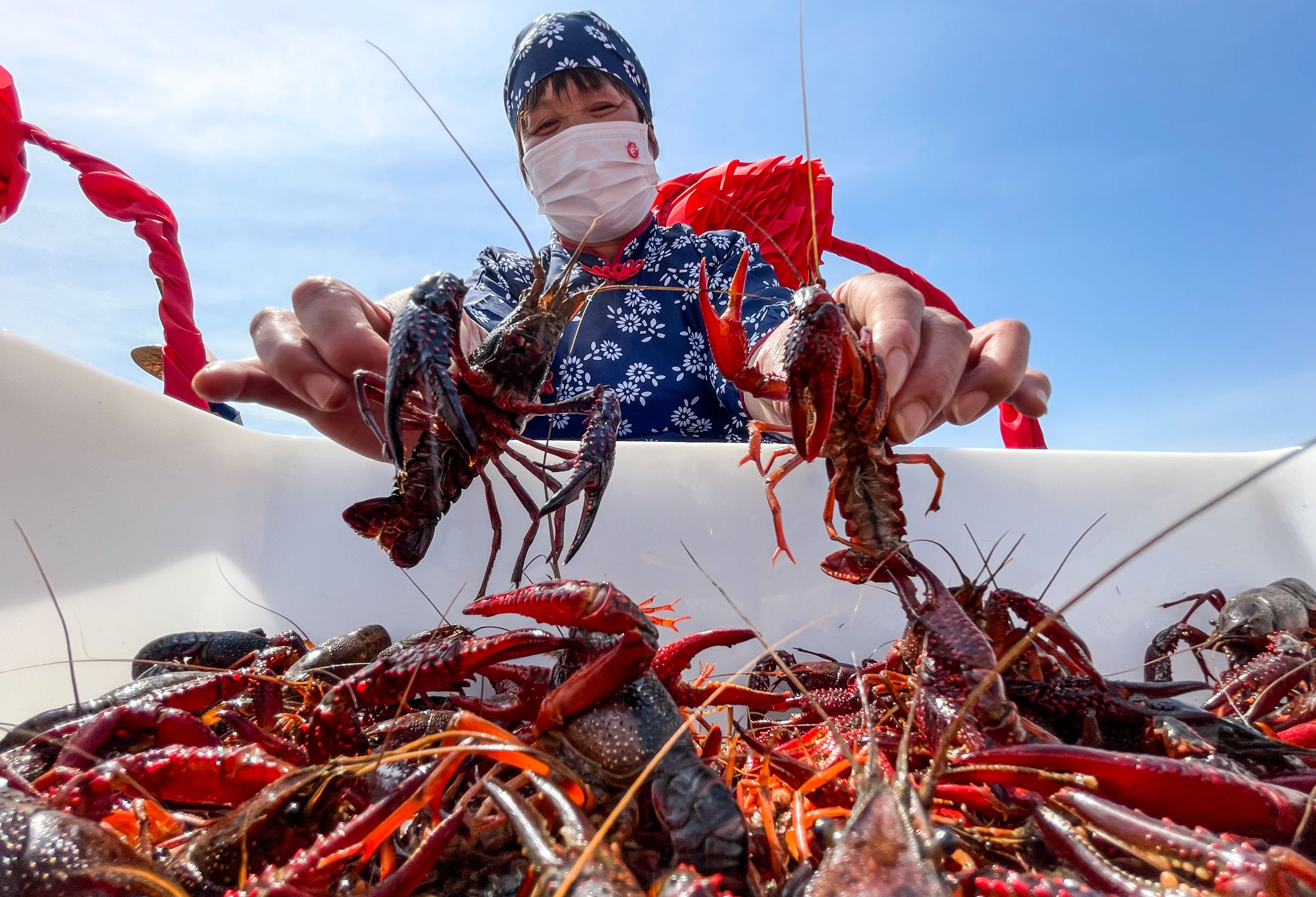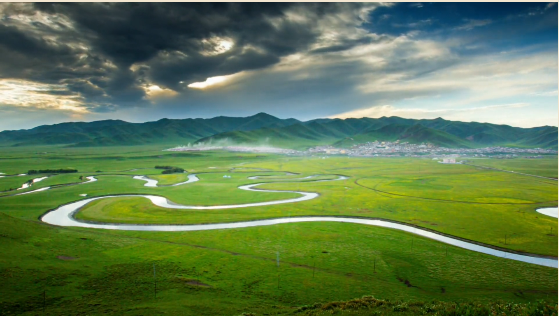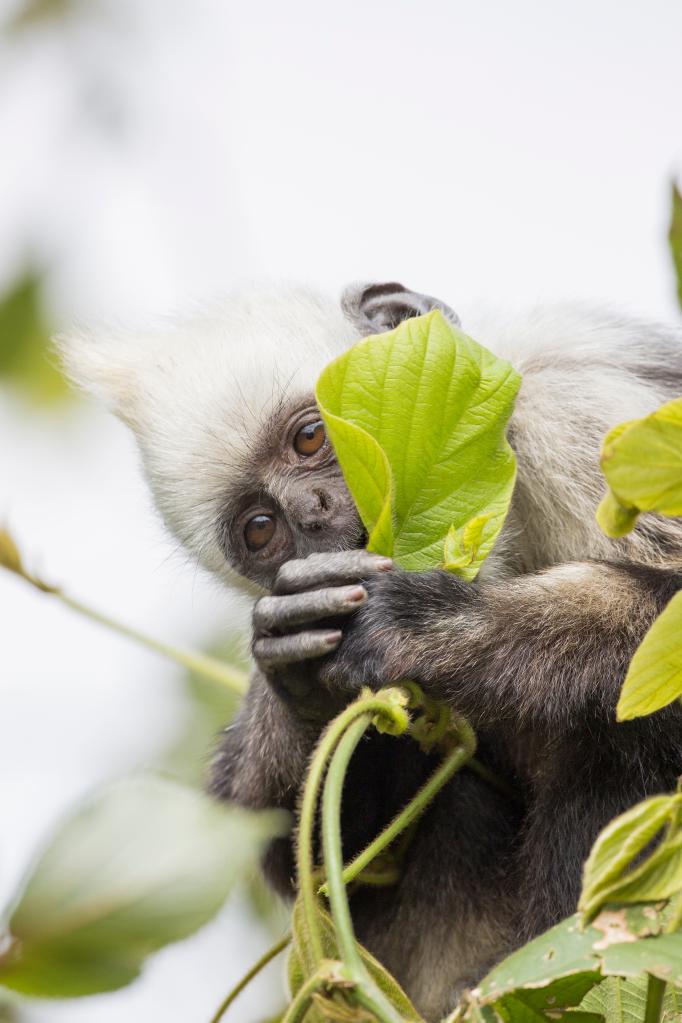
A white-headed langur forages on a branch in a national nature reserve in Chongzuo City, south China's Guangxi Zhuang Autonomous Region, Feb. 14, 2018. (Photo by Qiu Lingling/Xinhua)
NANNING, May 22 (Xinhua) -- The white-headed langur, characterized by the white hair on their heads, is endemic to China and is spotted in the 200-square km karst hills between the Zuojiang and Mingjiang rivers in the city of Chongzuo, south China's Guangxi Zhuang Autonomous Region.
In the 1980s, the population of the species dropped to some 300 due to decades of deforestation, land reclamation and poaching.
To rescue the endangered primate species, In 2005, a regional-level nature reserve to protect the rare langurs was established in Chongzuo, and later it was upgraded into a national reserve. Regular inspections have been conducted by villagers to protect the species, and people also employed advanced technologies including unmanned aerial vehicles, infrared cameras, video surveillance and satellite remote sensing to monitor the langur groups.
Thanks to the joint efforts, white-headed langurs are much more frequently spotted. According to local authorities, law enforcement and ordered violators have been intensified to restore the land. The forest coverage of the reserve has risen from 70 percent to 86 percent compared to a decade ago. Currently, the population of the species has increased to over 1,300.
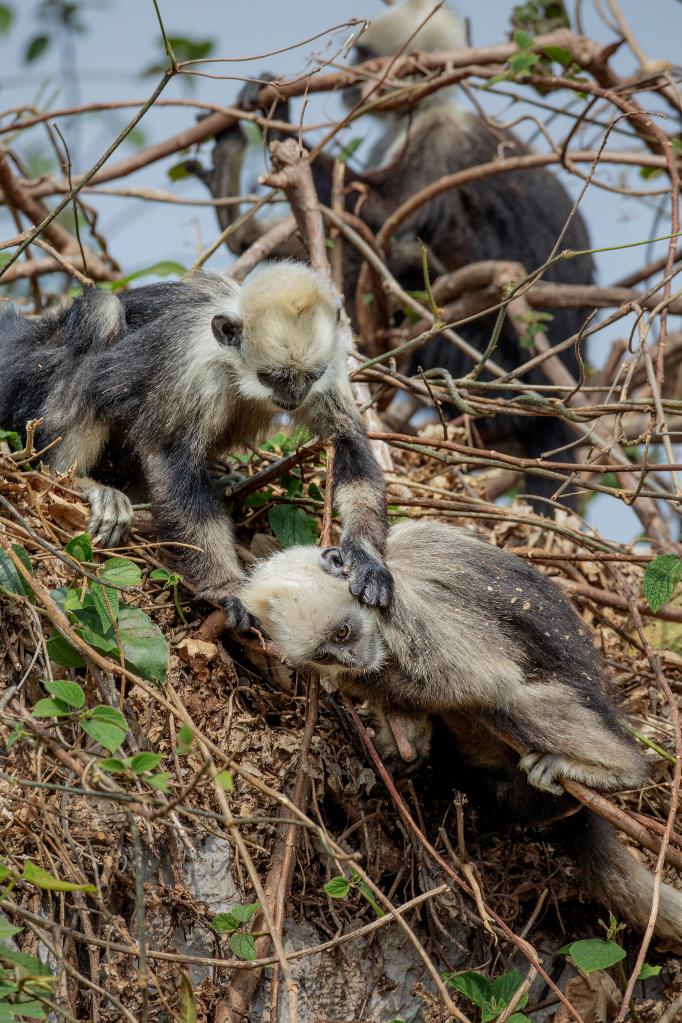
Two young white-headed langurs play with each other in a national nature reserve in Chongzuo City, south China's Guangxi Zhuang Autonomous Region, Feb. 14, 2018. (Photo by Qiu Lingling/Xinhua)

A white-headed langur drinks water in a national nature reserve in Chongzuo City, south China's Guangxi Zhuang Autonomous Region, Feb. 12, 2018. (Photo by Qiu Lingling/Xinhua)
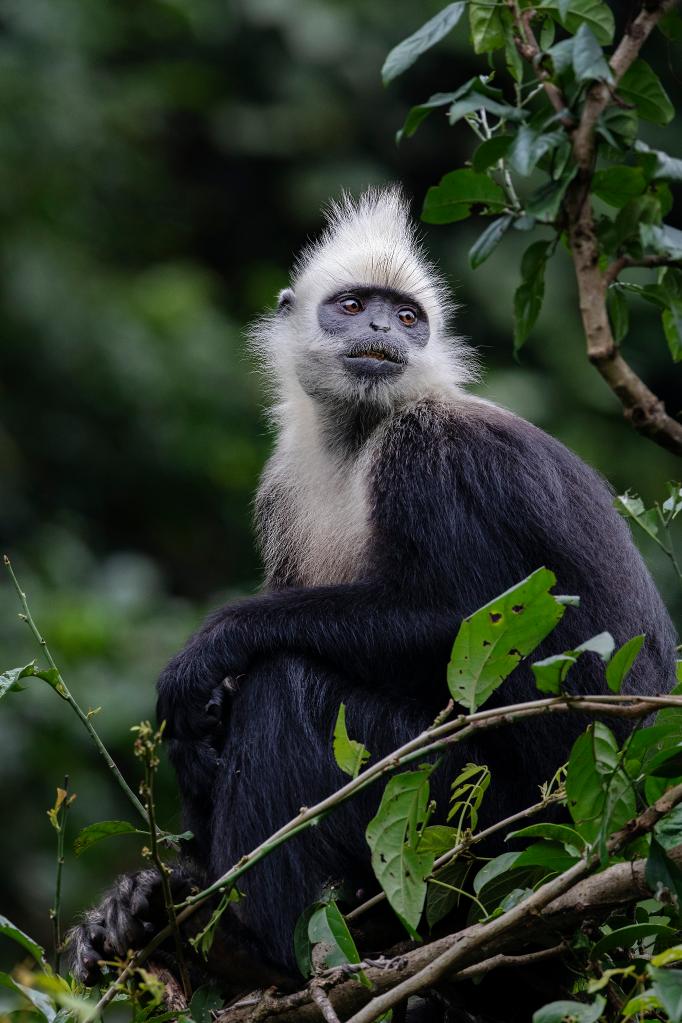
A white-headed langur stands sentry and looks out for danger on a branch in a national nature reserve in Chongzuo City, south China's Guangxi Zhuang Autonomous Region, Oct. 10, 2017. (Photo by Qiu Lingling/Xinhua)
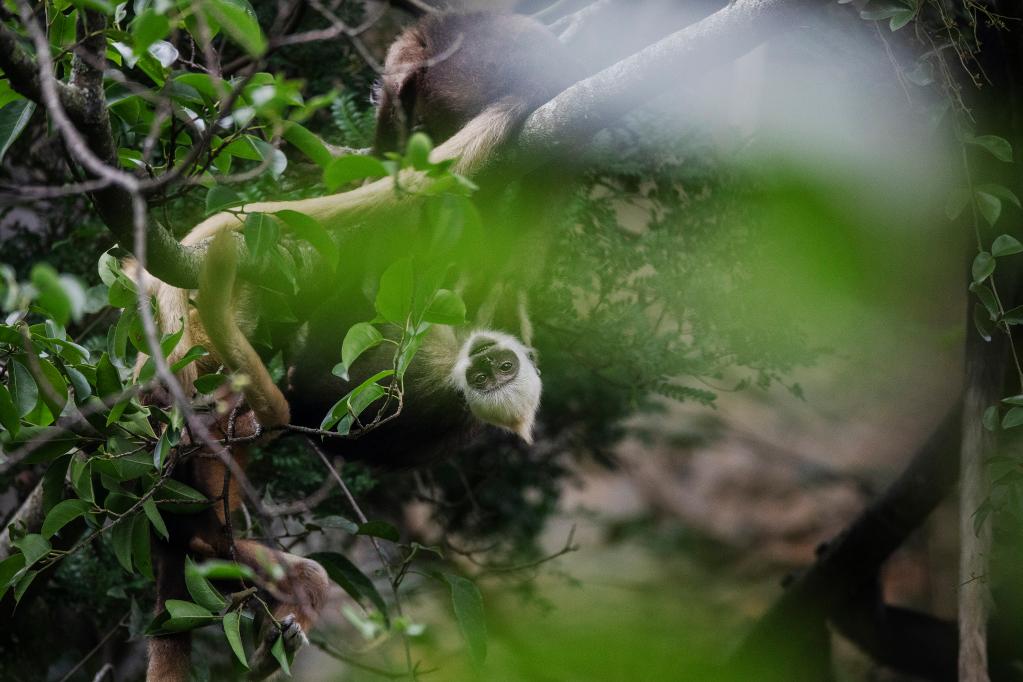
White-headed langurs play in the woods in a national nature reserve in Chongzuo City, south China's Guangxi Zhuang Autonomous Region, Oct. 13, 2017. (Photo by Qiu Lingling/Xinhua)

White-headed langurs forage in the woods in a national nature reserve in Chongzuo City, south China's Guangxi Zhuang Autonomous Region, May 8, 2017. (Photo by Qiu Lingling/Xinhua)
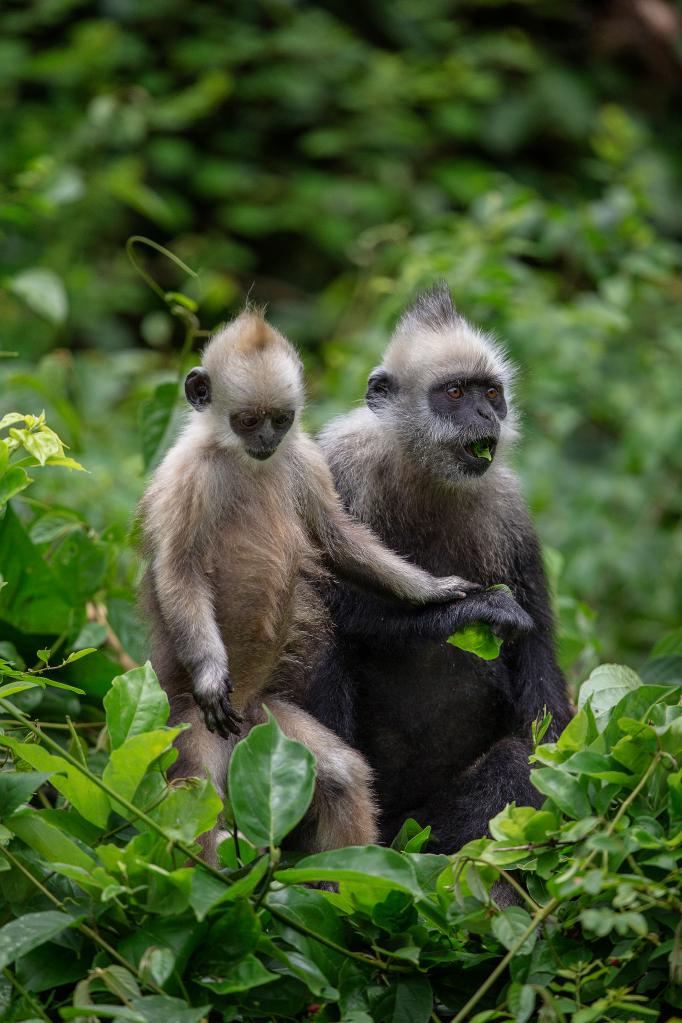
A young white-headed langur learns to walk with the help of an adult langur in a national nature reserve in Chongzuo City, south China's Guangxi Zhuang Autonomous Region, May 9, 2017. (Photo by Qiu Lingling/Xinhua)

A group of white-headed langurs rest on rocks in a national nature reserve in Chongzuo City, south China's Guangxi Zhuang Autonomous Region, May 9, 2017. (Photo by Qiu Lingling/Xinhua)
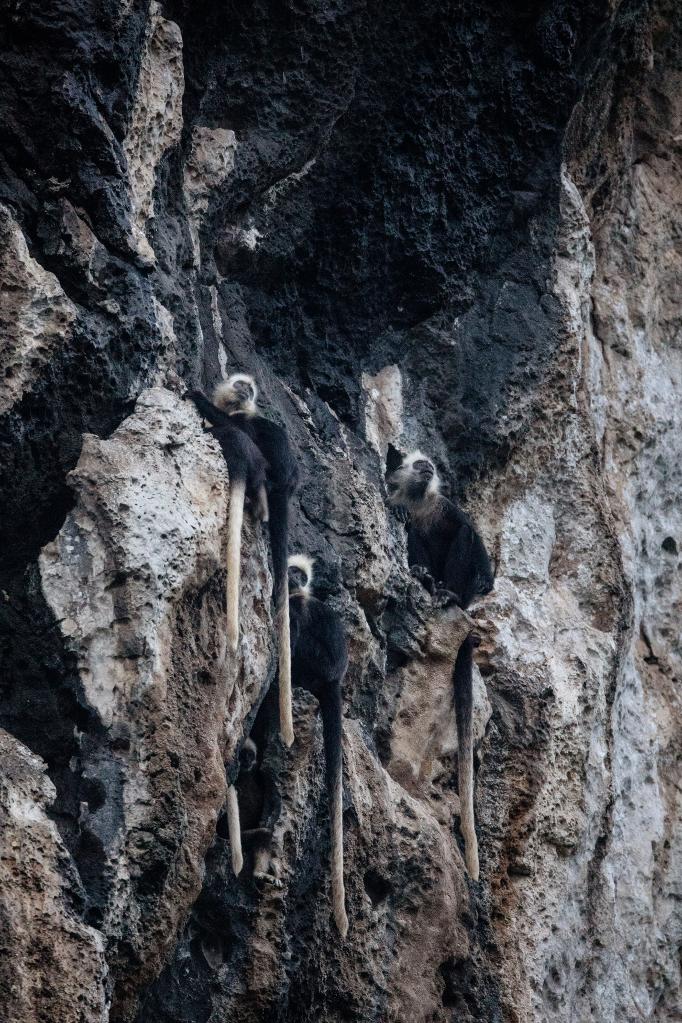
A group of white-headed langurs arrive at the site to stay overnight in a national nature reserve in Chongzuo City, south China's Guangxi Zhuang Autonomous Region, Oct. 10, 2017. (Photo by Qiu Lingling/Xinhua)
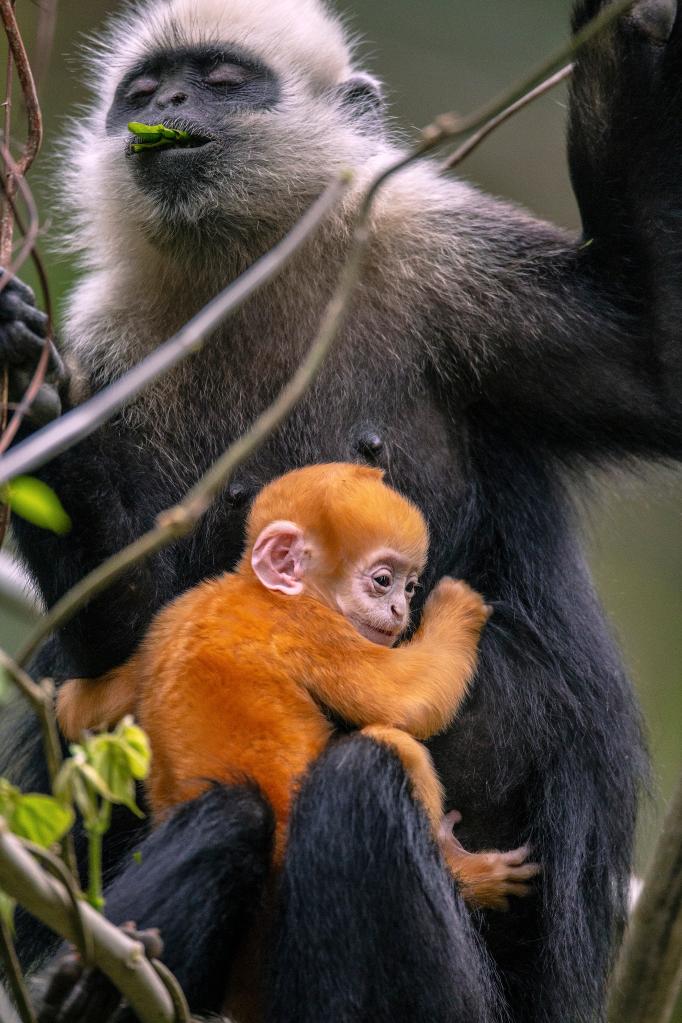
A white-headed langur cub stays in its mother's arms in a national nature reserve in Chongzuo City, south China's Guangxi Zhuang Autonomous Region, Feb. 23, 2018. (Photo by Qiu Lingling/Xinhua)

